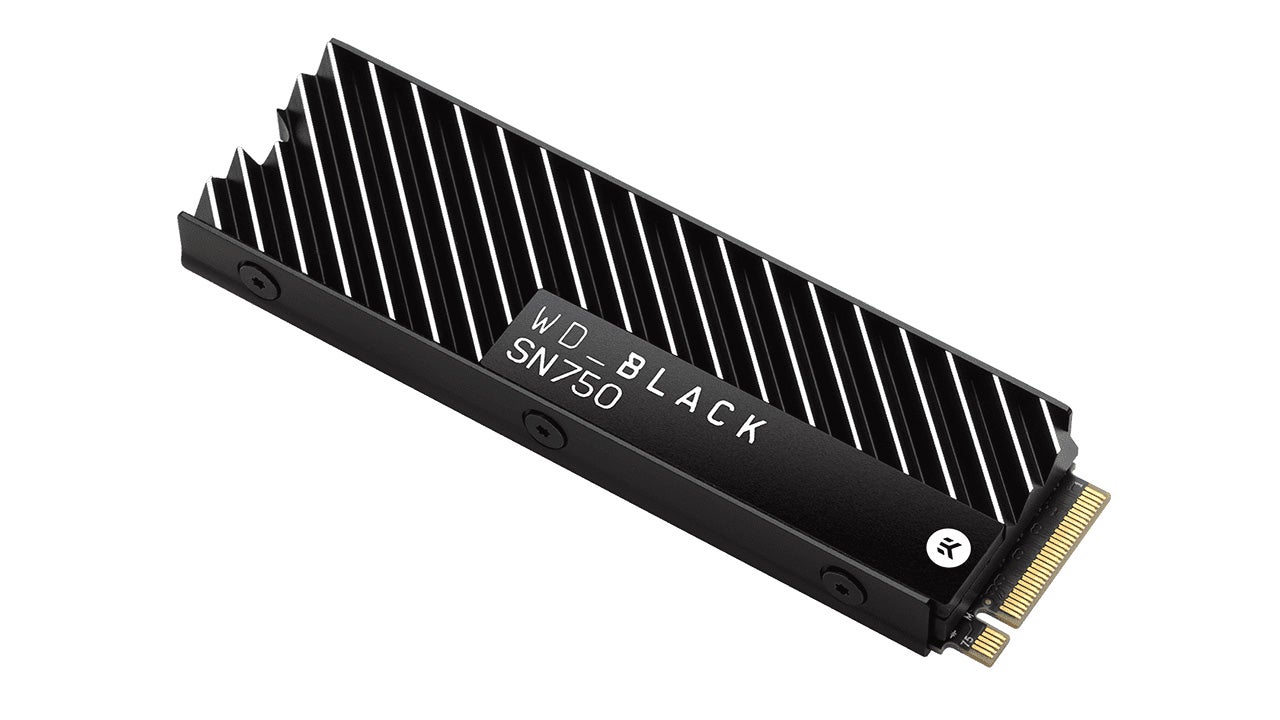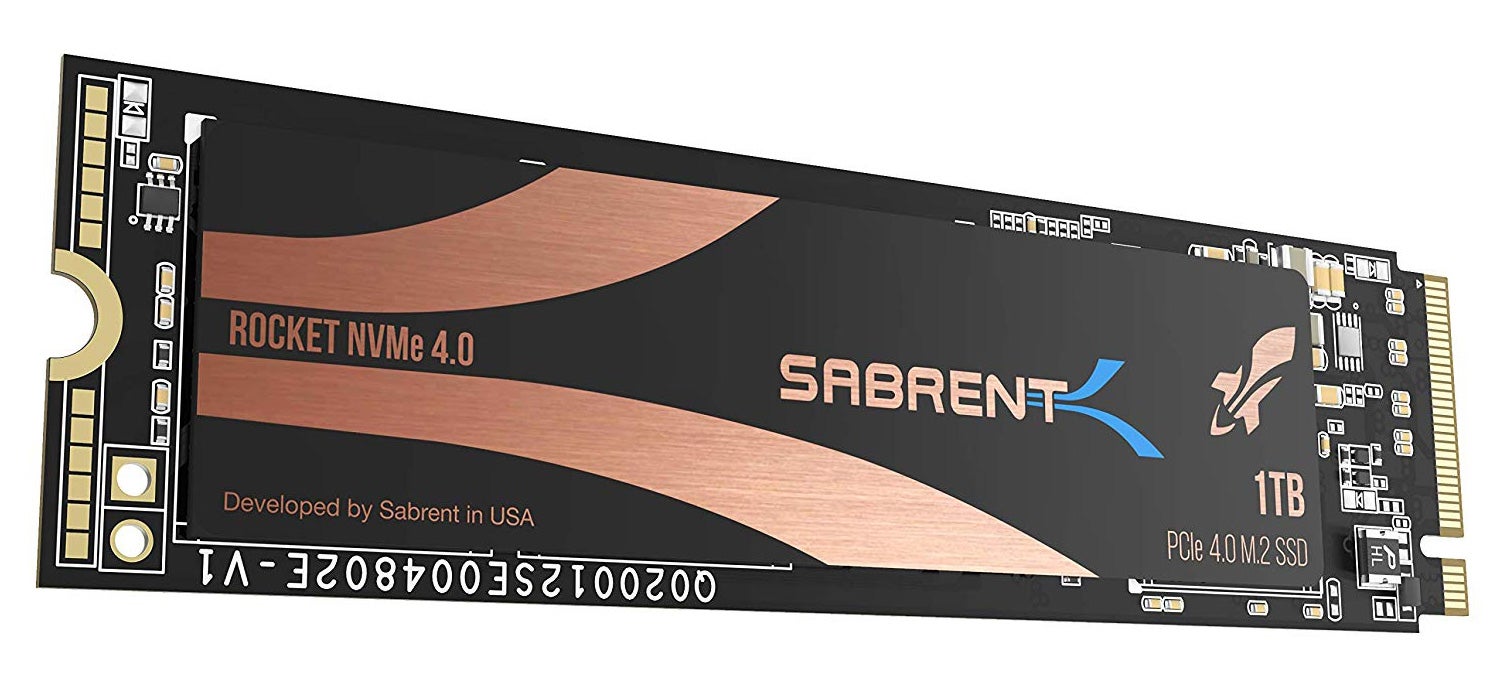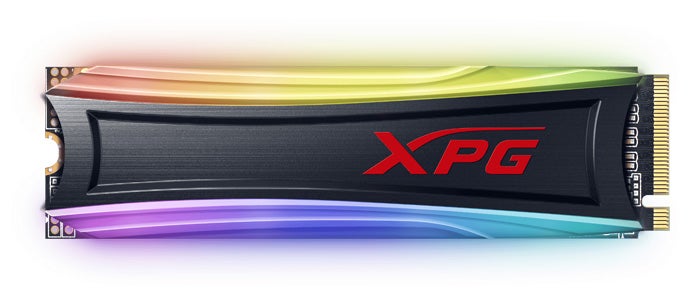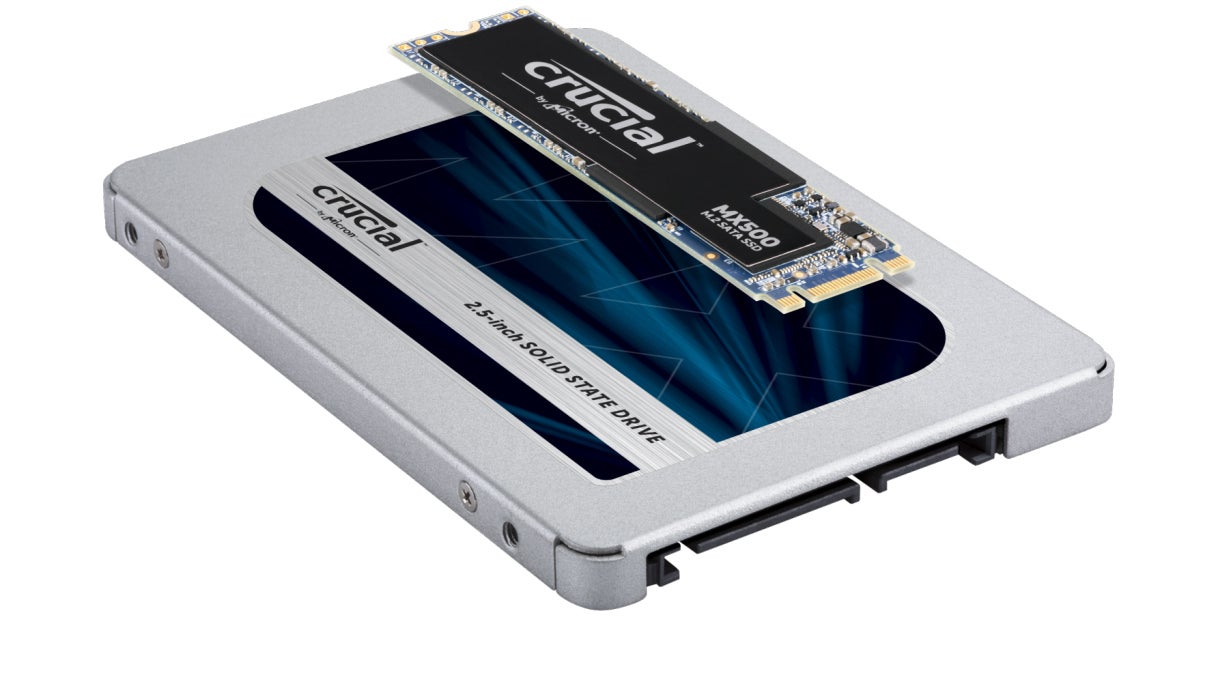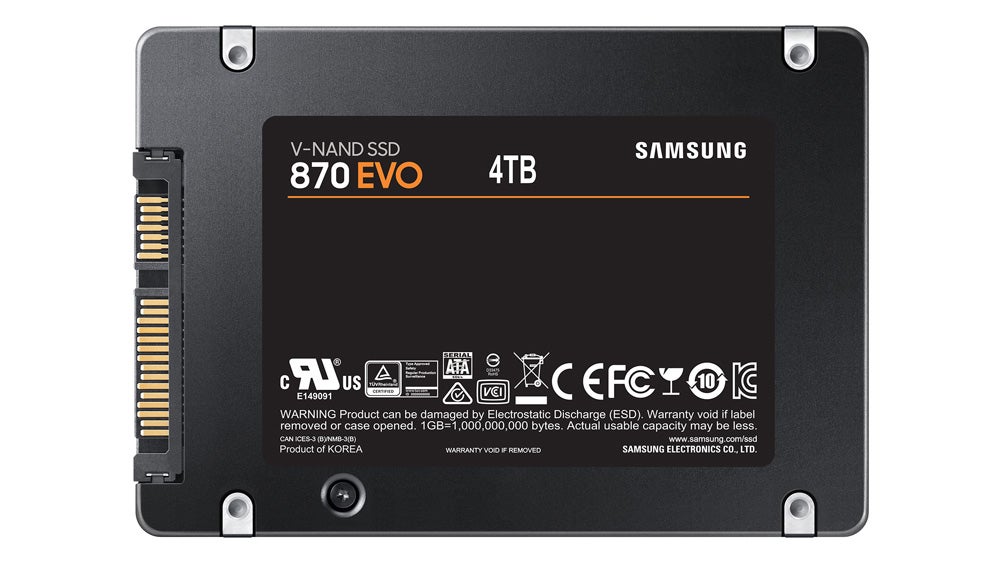In our testing, we found that upgrading to an SSD - even a budget model - reduced game load times by up to 60 per cent compared to even modern, high-performance HDDs, while NVMe SSDs reduced load times even further. SSDs also operate completely silently and are more resistant to damage, thanks to their lack of moving parts. With all of these advantages, it’s easy to see why solid state drives have become the default choice. Now, let’s get right into the recommendations. You can jump straight to the selection you’re interested in using the links below - including our brief explainers at the bottom of the article - or scroll on!
Common terms Frequently asked questions
Overall recommendations? Well, this DRAM-less SSD doesn’t measure up to the fastest PCIe 3.0 drives on the market, particularly in sustained random writes, so it’s an ideal choice for storing games or media, but a little less good as an OS drive or for heavy tasks like video editing. Here, higher-grade SSDs with DRAM caches perform better. Meanwhile, Samsung’s 980 can sometimes be discounted below the SN570 while offering faster real-world performance, so check both models’ prices. Ultimately though, the SN570 is a great budget choice. A SN750 SE drive is also now available, which offers slightly faster speeds (3600MB/s reads) and uses PCIe 4.0 instead of 3.0, allowing it to use fewer PCIe lanes and be more power-efficient. It remains more expensive than the vanilla SN750 for now (£140/$131 at time of writing), but it’s worth knowing about for use in laptops. There’s also a version which comes with a heatsink for a small premium, but we couldn’t find it for sale online at the time of writing. This add-on helps maintain peak performance and prevent thermal throttling, especially in cramped cases with minimal natural airflow. It also ensures the drive meets the requirements for use in the PS5, although you could also add a third-party heatsink without much bother. In our testing, the 870 was the fastest SATA drive we’ve ever tested, beating out the Crucial MX500 and Samsung’s own 860 Evo. For that reason, the 870 Evo is a great choice if you need top-tier performance and you don’t have the luxury of a higher-speed NVMe slot. The short cable in the box works with both USB-C and full-size USB-A ports, so ensure you’re connecting to your system’s fastest USB port (ideally a USB 3.2 Gen 2 USB-C port) to unlock the drive’s full potential. As well as working on PCs and Macs, the drive can also be used for game storage on Xbox Series X/S, Xbox One, PS4 and PS5. (Note that the default firmware on some models may not play well with the PS5, so you can follow instructions here to upgrade the firmware and solve the issue.) Best external SSD for PS5 and PS4 - and more durable A good alternative to the Crucial X8 that works perfectly with PS5 and PS4 is the $135/£135 Samsung T7 Shield. This drive is around 20 per cent smaller than the X8 and has a durable soft touch enclosure which should prevent the drive from becoming damaged even with careless use. Its overall sequential and random speeds are extremely similar to the X8, maxing out around 913MB/s in sequential reads and 890MB/s for writes. However, wider compatibility makes this a great choice for anyone planning to use the drive with PlayStation hardware. NVMe: This modern interface is designed specifically for high-speed solid state drives, relying on the PCIe standard that is also used for graphics cards, network cards and other add-in cards. The greater bandwidth available removes the interface bottleneck, thereby allowing high-end SSDs to reach increasingly higher speeds and lower access times. 2.5-inch: This form factor is probably what you’d picture if you imagined an SSD: a simple metal cuboid, 70 x 100 millimetres in size with separate data and power cables. The vast majority of 2.5-inch drives can only connect via the relatively slow SATA interface. M.2: This very flat form factor boasts a much smaller volume than a standard 2.5-inch SSD, allowing these drives to be mounted directly onto a desktop computer’s motherboard or inside a slim laptop. Confusingly, M.2 drives can be either (slow) SATA or (fast) NVMe types, so make sure you know which kind of drive you’re buying. While most motherboard M.2 slots will support both options, allowing fast NVMe M.2 drives to be connected, some are SATA-only, so once again be sure to check which your computer supports before purchasing. M.2’s single connector includes both data and power, and as you’re plugging directly into the motherboard you won’t need to run any cables. PCIe: If you have a spare PCIe x4 or x16 slot on your motherboard, then you can connect an NVMe SSD here. You can either use an M.2 NVMe drive together with a PCIe adaptor card, or you can directly connect a PCIe NVMe add-in card. Reads vs writes: Reads refer to data is being taken from storage to the processor so it can be used; writes are the opposite, where data is being sent from the processor to storage to be accessed later. Reading data is more common than writing data, so often read speeds will be higher than write speeds. Sequential vs random: This refers to whether the data you’re reading or writing is grouped together in a row or spread out across the drive. For example, a sequential read might be loading a single video file into memory, while a random read might be accessing multiple files to load a game. This is only a simplification, and most games use both sequential and random reads to load. Generally, sequential data is easier to read and write quickly than random data. To answer this question, you need to identify what you’ll be using the drive for - either playing games and normal day-to-day tasks like web browsing, or more intensive operations like editing 4K video or crunching through large scientific or engineering datasets. For computers that are primarily used for playing games, our research suggests that you’ll only see minimal improvements to game load times by swapping a standard SATA-connected SSD for a more expensive NVMe drive, even if it boasts significantly higher read and write speeds. Unless the rest of your system is already top notch, you will probably notice a bigger performance difference from upgrading to one of the best graphics cards rather than shelling out for a super-fast NVMe drive that sits at the top of the benchmark charts. Therefore, we recommend you take a look at our recommendations for the best value-for-money SSDs on the market, including drives from some lesser-known brands. These drives largely use SATA connections, preventing their performance from surpassing a certain threshold, but they do offer the biggest capacities for the lowest prices. All modern motherboards support SATA too, so you won’t have to worry about compatibility. Of course, there’s also an argument to be made for going for faster NVMe drives. Specifically, gamers that don’t want to upgrade their storage for a long time or creative professionals that require utmost performance may want to spend more to really maximise their performance. Just remember that not all motherboards support these fast NVMe drives out of the box; you’ll either need an M.2 slot that supports NVMe, or a free PCIe slot. What size SSD do I need? Thanks to recent drops in flash memory prices, solid state drives have become increasingly affordable - even though they’re still far pricier per gigabyte than mechanical hard disk drives. As with most things, there is a tradeoff when deciding how big of a drive to choose. The smaller the drive, the more careful you’ll have to be with the space that you’ve got - such as by uninstalling games you’re not playing and moving media and downloads to a mechanical HDD. This kind of curation can be a pain, so saving up for a bigger drive makes sense. Larger drives are also slightly faster, particularly in terms of write speeds, than their smaller-capacity counterparts. Finally, choosing a larger drive will mean that it will last you a longer time. As games include higher-resolution textures and videos, they will continue to balloon in size, so having some breathing room will let you put off a drive upgrade for at least a few years. So what about specific capacities? At the time of writing, a 250GB drive is probably a good starting point for most people, giving you enough room to install Windows and a few large games with space to spare for Windows updates, HD downloads and so on. If you like to keep more than a dozen games installed at once or you have a media collection that you don’t want to keep on a second drive, then choosing a 500GB or 1TB drive makes more sense. Right now these 500GB and 1TB drives are in the price-per-gig sweet spot, so spring for them if you can. 2TB SSDs are starting to become reasonable in price too, and if you stick with SATA speeds, you can pick up a gargantuan amount of solid state storage for a few hundred dollars. Can I install an SSD into my PS4 or Xbox One to improve its loading speeds? Yes! On the PS4 and PS4 Pro, you can replace the system’s internal drive with an SSD, while the Xbox One and PS4 Pro can have an external SSD connected over USB 3.0. You can see our investigations into game load time improvements with the PS4, PS4 Pro and Xbox One here. For an internal upgrade on the PS4 and PS4 Pro, we recommend a budget 2.5-inch SSD, such as the Crucial MX500 we highlighted above. If you go the external storage route, we recommend picking up the portable SSD highlighted above or one of the other SSDs we’ve recommended with a matching enclosure (e.g. a 2.5-inch USB enclosure for a 2.5-inch SATA SSD). What about next-gen consoles? The Xbox Series X and PlayStation 5 use internal NVMe drives that operate at significantly faster speeds than their last-gen spinning disk counterparts. The Series X uses its own special form factor for expandable storage, while the PS5 allows PCIe 4.0 drives that meet certain requirements to be installed internally for storage expansion. It’s also possible to attach slower USB storage to play last-gen games or temporarily store (but not play) current-gen titles on both consoles. Do you want to know more? Read our investigation into whether SSDs are essential for gaming.


